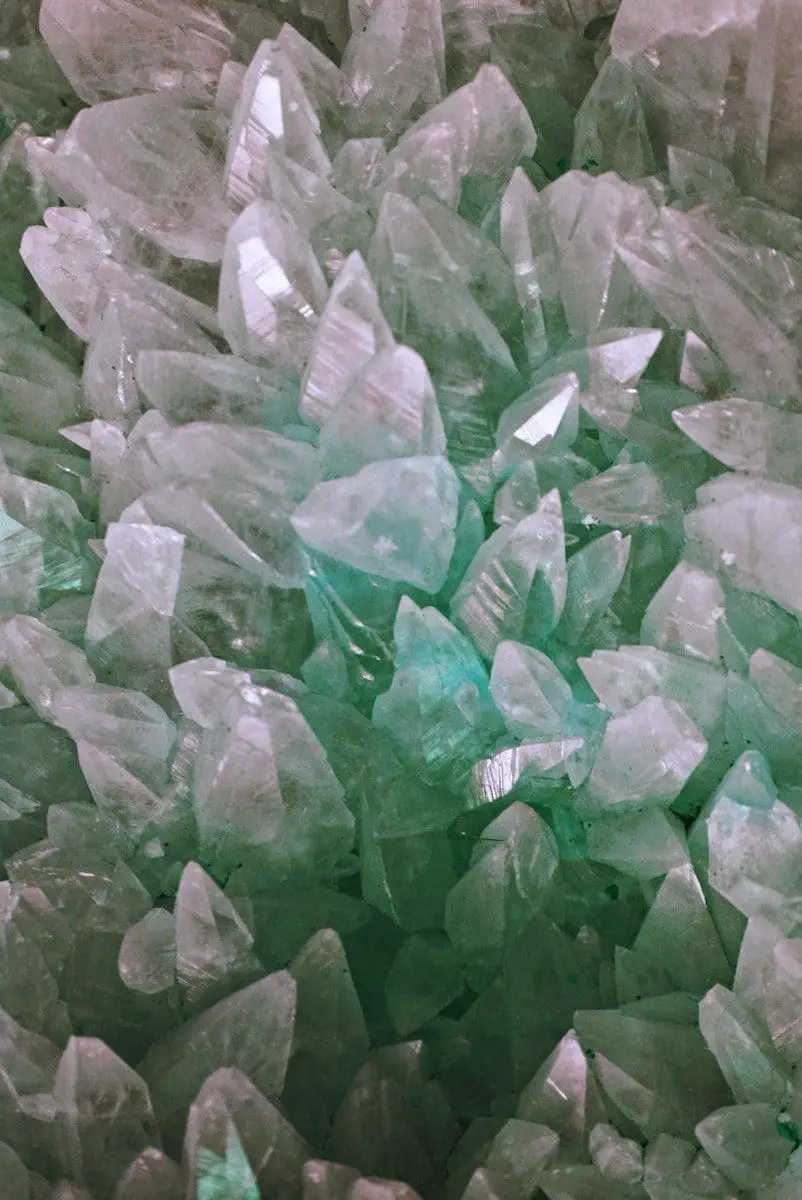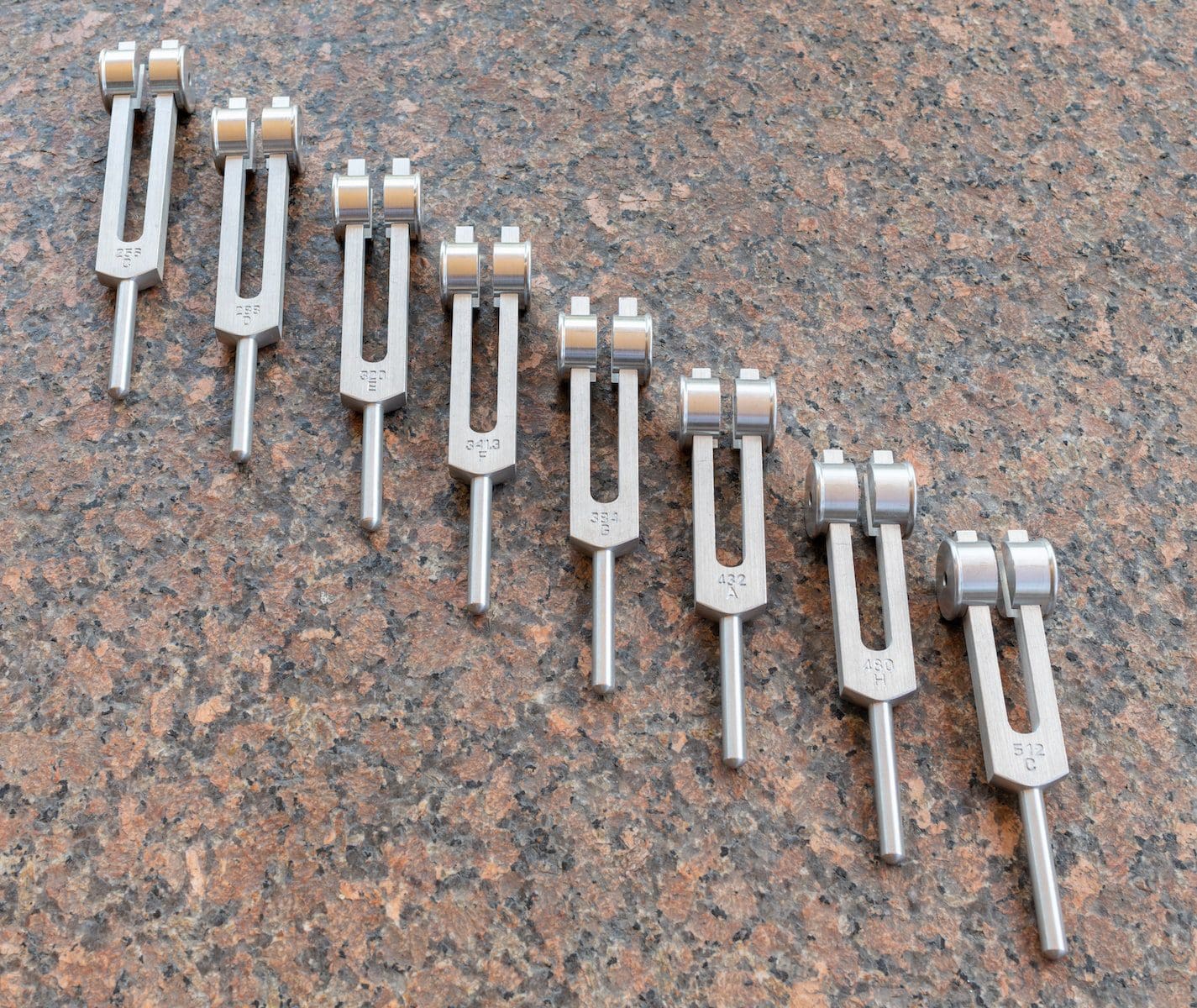In ancient times, there were many odd methods to determine the time of the day. Some of the methods include – sundials, water clocks, hourglasses, astronomical clocks, cancel clocks, and many others.
After all this, in the year 1511, the first clock was invented by Peter Henlein. He was a locksmith and belonged to Nuremberg and is known as the creator of modern-day clocks.
Key Takeaways
- Crystals are piezoelectric materials, while resonators consist of ceramic or other materials.
- Crystals provide higher frequency stability and lower temperature coefficients than resonators.
- Resonators are less expensive and can operate at a wider frequency range than crystals.
Crystal vs Resonator
Crystal is a material that is also known as quartz crystal, and it is used in the machinery of a clock because of its special feature that allows it to oscillate at a desired frequency. Resonator is a material made with ceramic which is used in clock sources, mostly in microprocessors where it is not essential.

Crystal or Quartz crystal is the material that is used as a clock source in its machinery. It has a special property of oscillating at a desired frequency, because of which the power required for activation is low.
It has high-temperature stability and sensitivity, so it is best suited for manufacturing Bluetooth or wireless applications.
The resonator is also one of the materials popularly used in clock sources and is made up of ceramic. The working of a ceramic resonator is somewhat considered to be similar.
Although the tolerance or stability of the resonator against temperature and sensitivity is not good as crystal thus, it is mainly used in microprocessors where these properties are not required or important.
Comparison Table
| Parameters of Comparison | Crystal | Resonator |
|---|---|---|
| Limit of Tolerance | About 30 to 50 ppm | About 1% |
| Accuracy | More | Less |
| Temperature Stability | Around 0.005% | Around 0.1% |
| Sensitivity | High | Low |
| Size | Large | Small |
| Manufacture | Difficult | Easy |
| Price | High | Low |
| ESD Tolerance | High | Low |
| Shock & Vibration Tolerance | Less | High |
| Usefulness | Wall clocks, RTC, Timekeeping machine | Not applicable |
What is Crystal?
Crystal is a material that is used for making clock source machinery and is made up of quartz material. It possesses a special property of oscillating with the desired frequency that helps in accessing low power and early activation.
The crystal vibrates mechanically when an electrical current is passed through it.
The tolerance capacity of the quartz crystal lies between the range of 30 ppm to 50 ppm (parts per million). Also, the accuracy level of a quartz crystal is very good.
The manufacturing of quartz crystal is difficult because of which the cost of it is more. The temperature stability possessed by the quartz crystal is about 0.005%.
The size of crystal is large, and they are very sensitive. Also, possessing a high tolerance for ESD and low against shock and vibration. It is majorly used in wall clocks, RTC, and machines used for timekeeping.

What is Resonator?
The resonator is another material used in clock source machinery and is made up of ceramic material. The working of the resonator is somewhat considered to be similar to the quartz crystal.
It has the property that it makes use of the frequency inside the electrical component.
The tolerance capacity possessed by the ceramic resonator is nominally only about 1%. The manufacturing of the ceramic resonator is quite easy which reflects on the cost or price for the same and is low in the market.
The accuracy rate provided by the resonator is also low.
The capacity of tolerance of ceramic resonators against shock and vibration is high, while the tolerance of ESD is low. The stability of the ceramic resonator with a high temperature is about 0.1% and has a low sensitivity.
The size of the ceramic resonator is small compared to that of the quartz resonator.

Main Differences Between Crystal and Resonator
- The limit of tolerance of the quartz crystal is around 30 to 50 ppm, whereas comparatively, on the other hand, the limit of tolerance of the resonator is around 1%.
- The accuracy offered by the quartz crystal is more accurate, while comparatively, on the other hand, the accuracy offered by the resonator is less accurate.
- The quartz crystal has a temperature stability of around 0.005%, while comparatively, on the other hand, the ceramic resonator has a temperature stability of around and about 0.1%.
- The crystals made of quartz metal have high sensitivity, whereas comparatively, on the other hand, the resonator made up of ceramic has low sensitivity.
- The size of the quartz crystal is bigger or, say, larger, whereas comparatively, on the other hand, the size of the ceramic crystal is much smaller than that of the crystal.
- The manufacturing of quartz crystal is very difficult while comparatively, on the other hand, the manufacturing of the ceramic resonator is a bit easy.
- As the manufacturing is difficult, so does it reflects its cost; therefore, it is high in price, whereas comparatively, on the other hand, the price of the ceramic resonance is low because of its easy manufacturing.
- The support provided by Quartz crystal for ESD tolerance is high, while comparatively, on the other hand, the support provided by the ceramic resonator for ESD tolerance is low.
- Crystal doesn’t have huge tolerability against shock and vibration, while comparatively, on the other hand, the tolerability of resonators against shock and vibration is huge.
- Quartz crystal is mostly used in different wall clocks, RTC clocks, and some machines used for timekeeping, whereas comparatively, on the other hand, the usefulness of the resonator is not applicable to such things.



